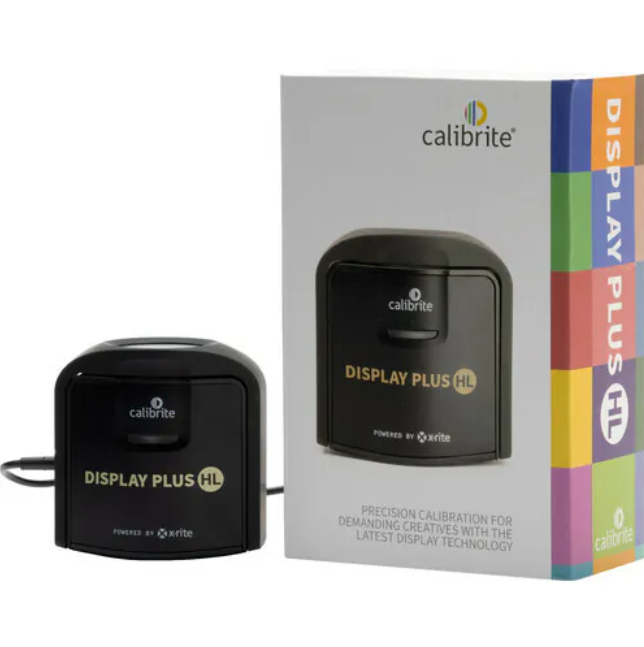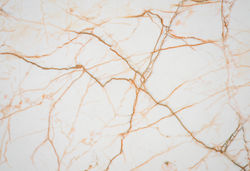
Studio & Tools
I switched from a laptop to a desktop setup, and for more accurate color representation, I also upgraded to a monitor with 98% DCI-P3 coverage. Since I love a clean and fresh white aesthetic, all of my gear—including the PC, monitor, speakers, and microphone—is white. To support a long-term creative journey, I made sure the lighting in my workspace is bright enough. I mounted a light on top of the monitor to ensure eye comfort. I like to keep my desk clean and organized, so I manage my cables neatly, secure power adapters to the wall, and make regular cleaning a key part of my routine.
Drawing Tablet
Until February 2021, I used the Wacom Intuos Manga Small tablet, which accompanied me for at least 7 years. The tablet developed issues over time, with frequent sensor malfunctions, erratic cursor movements, and a rapidly blinking blue light in the upper right corner. Therefore, I decided to replace the device. It was an excellent drawing tablet for beginners, but after prolonged use, scratches inevitably appeared. It served me well for a considerable time, and the drawing pen's nibs didn't wear out quickly. I'm not even sure if I ever had to replace the nib.






The graphics tablet 'Huion Inspiroy H640P'—before this, I had only used Wacom. This was my first experience with Huion, and I can say that, in terms of drawing devices, Huion offers great value for money. Wacom generally requires a pressure sensitivity of 8192, and the price is usually higher than that of Huion. I spent around 1530 NT dollars to purchase it. The tablet surface is smoother than I imagined, and it comes with many shortcut keys that can be customized according to personal preferences. For beginners starting to learn digital drawing, Huion would be a great choice in terms of devices.
Drawing Monitor
Until April 2025, I’ve been using the Wacom Cintiq 16. Personally, transitioning from a pen tablet to a display tablet felt very natural—I didn’t experience any discomfort or difficulty adapting. I had previously tried drawing on a regular tablet, but it would often overheat, and the thick glass caused a sense of drawing distortion. That’s why I chose a pen display this time instead of a tablet. I paired this model with a stand and a Kent paper-like screen protector. The screen itself is relatively thin, and the drawing feel is great. However, one downside is the number of cables—it takes up quite a bit of space. I highly recommend using a stand, since the built-in stand is quite low, which can make drawing uncomfortable and strain your neck. The screen is also large and fairly heavy, so if you need to draw on the go frequently, a tablet might be a better choice. I don’t use many of the pen’s extra features, but this model comes with the Wacom Pro Pen 2, which supports 8192 levels of pressure sensitivity. The pen nib tends to wear out faster on a screen compared to a traditional tablet. That said, I’ve only replaced the nib once since I started using it. Overall, it’s an excellent device, but when you include the stand and screen protector, the total cost isn’t exactly budget-friendly. There are many different textures of screen protectors to choose from—Kent paper films offer a paper-like texture that makes it feel like you’re drawing on real paper, which really enhances the experience.







In 2025, I upgraded my setup to a touch-screen pen display—the Wacom Cintiq Pro 22. So why did I choose the Pro 22 out of the 27", 22", and 17" options? While the 27" does offer a larger workspace, it’s simply too big to take in at a glance, and it takes up a lot of desk space—once it’s on the desk, there’s barely room for anything else. Also, since the 27" was released a year earlier than the 22" and 17", the latter two have slightly better color performance. As for the 17", it's now a bit too small for my needs. I had already adapted well to my previous Wacom Cintiq 16, so I wanted to move up to a larger workspace. That made the Pro 17 less of a consideration for me. One thing I especially love about the Wacom Pro Pen 3 is the ability to swap out the grips. For someone like me who doesn’t like shortcut buttons on the pen and often accidentally presses them, this feature is a lifesaver. It really feels like drawing with a real pencil—there’s no substitute for it. The 4K resolution and 120Hz refresh rate make everything look crisp and smooth. The touch functionality adds a ton of convenience during drawing—no need to constantly hit shortcuts or tap tools to zoom or rotate, which significantly boosts productivity. And if you don’t want to use touch, you can easily turn it off. That said, I did run into an issue: after extended use, the touch functionality near the center of the screen starts to malfunction. Restarting the display fixes it. Apparently, this happens because frequent hand contact builds up static charge, which interferes with the touch sensor. It’s a common issue reported by many users. For those sensitive to color, you might notice the screen's color temperature leans slightly warm, with a yellowish tint. My solution is to use a color calibrator. Since human vision isn’t perfectly accurate, relying on professional tools helps ensure that color fidelity in my work isn’t something I have to worry about. All in all, I really love this pen display. Aside from the steep price, I have no complaints. Wacom remains my top favorite brand, and I’ll continue to support it in the future ♥
Monitor Stand
My very first monitor arm was the ULTRARM VISION Dual Monitor Arm. Since I wanted to save as much space as possible on my desk, I started looking into mechanical arms. My desk couldn't support a clamp-type mount, but it already had a built-in cable hole, so I went with the grommet-mount installation. As someone who had never set up a monitor arm before, installing it was quite the challenge—it took a lot of effort. The arm is heavy and entirely made of metal. I’ve compared it with other brands since, and nothing comes close in terms of build quality. It’s sturdy and moves smoothly with very little effort. Most importantly, bending my neck down for long periods while drawing can really damage the cervical spine over time. To avoid discomfort, I also mounted my pen display on a mechanical arm. When I need it, I simply pull it closer and raise it up—it’s super convenient.






Color calibrator
I'm currently using the Calibrite (X-Rite) Display Plus HL color calibrator. Compared to the Datacolor Spyder series, Calibrite (X-Rite) isn’t as well-known in Taiwan and is still relatively uncommon in the market, so I purchased mine from overseas. It’s said that in terms of color accuracy, X-Rite is the superior choice. Of course, the downside is that it's quite expensive—but since I’ve decided to use one, I believe it’s most important to solve the problem perfectly. Even though my equipment already has fairly accurate color reproduction, there’s no way to guarantee that everyone else is seeing the same thing. So while a calibrator may not be an absolutely essential tool, I like to do things thoroughly. Even if others aren’t seeing things perfectly, I want the work I produce on my end to be free of doubts and flaws.
Software controller
In a limited desktop space, it's challenging to use a keyboard directly. Therefore, I chose to purchase the software controller "TourBox Elite" as a substitute for keyboard shortcuts. It features a knob, dial, buttons, scroll wheel, and 14 programmable keys, each with different tactile feedback. These keys can be customized for various shortcuts, and for those familiar with commands, assigning them is quick. It supports many software applications, including my commonly used ones like CSP and PS. Now, it has become an indispensable auxiliary tool for me. With Bluetooth capability, it can also be connected via Type-C if needed. The battery is replaceable, and its battery life is excellent, lasting me about two months on a single charge. The downside is its high price, and it's not a necessity for everyone. It might be a bit challenging for beginners to get used to, so I recommend starting with a keyboard. As you delve deeper into advanced techniques, you can consider incorporating the TourBox Elite into your setup.



 clip studio paint |
|---|
 SAI |
 Adobe Photoshop |
 Adobe Illustrator |
 Add a Title |
 Add a Title |
 大理石表面 |
Proficient Software Programs and Applications
I have transitioned from using Paint Tool SAI in the early stages to my current preference, CLIP STUDIO PAINT EX. I am more familiar with the interface and operations of CSP as I have been using it for a longer period. CSP is more extensively updated, offering a diverse range of features and a multitude of materials and brushes for creative use. It is my primary drawing software, capable of handling both manga and animation projects. After completing the illustrations, I import them into Photoshop for post-processing and adjustments to enhance the overall presentation of the artwork.






